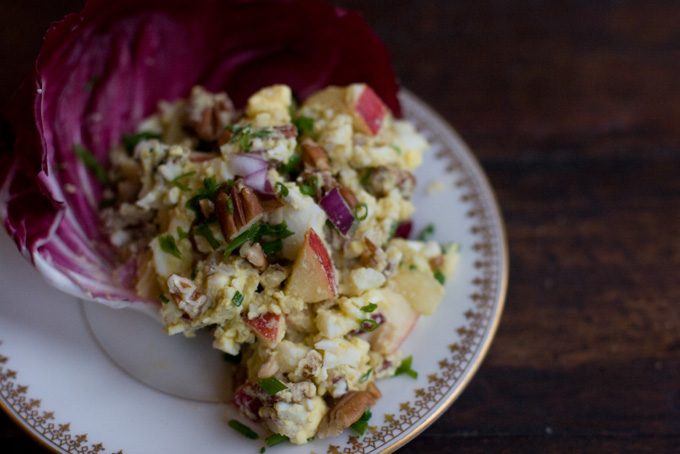This is the most common question a vegetarian will be asked, and often the biggest concern for a new vegetarian. Here is some basic information to help you tackle it:
Food Sources
• eggs
• dairy (milk, cheese, yogurt)
• soy (tofu, soy milk, edamame, tempeh)
• nuts (including nut butters)
• hummus
• whole grains (100% whole wheat pasta and bread products, brown rice, cereals, quinoa, bulgar, oats, etc.)
• legumes (beans, lentils, soy)
• meat replacement products (e.g. frozen foods made by Morningstar Farms and Boca) - try to make these supplemental rather than staple sources of protein
Details*
• As long as you eat enough calories (and as long as those calories come from whole foods and not junk foods) and have a balanced diet (more vegetables than refined carbs), you will absolutely get enough protein.
• Most Americans get way more protein than they need, perhaps too much. The USDA recommends one-third of a gram per pound of body weight (e.g. if you weigh 150 lbs., you should be eating 50 grams a day), but even that RDA is considered too high by some experts.
• We've been led to believe that protein is synonymous with meat, and as a result Americans are eating more meat than ever - most people exceed the RDA by 30% or more.
• Too much protein is more of a concern in our society than too little. Exceeding the RDA causes calcium loss (which is why milk is as heavily promoted as a dietary staple as meat - consuming lots of the former compensates for consuming lots of the latter), increases your need for fluids (making your kidneys work harder), and some recent research indicates that protein is related to the immune malfunction that causes food allergies. There are possibly more reasons to avoid protein (particularly from animal sources) than to seek it out.
• There is some evidence that vegetable protein (which gives you more fiber, micronutrients, and healthier fats) is more beneficial than animal protein (which gives you, among other things, more cholesterol and saturated fat).
* Source: Mark Bittman,
Food Matters: A Guide to Conscious Eating















